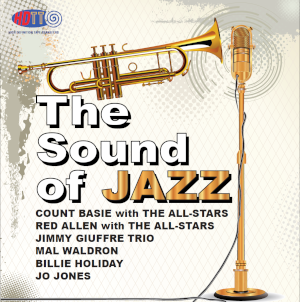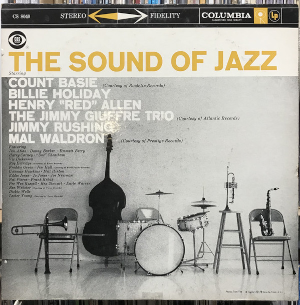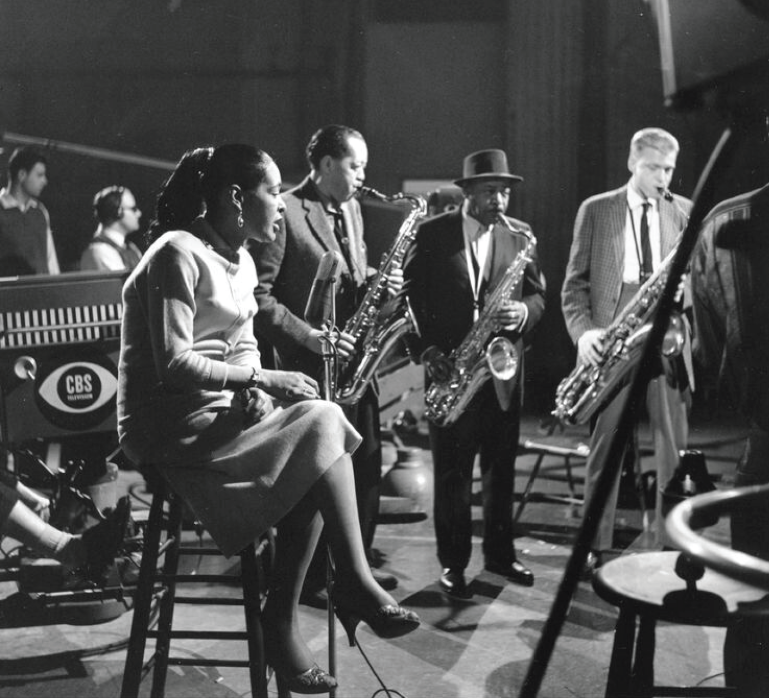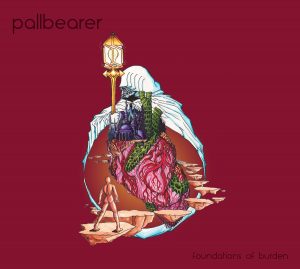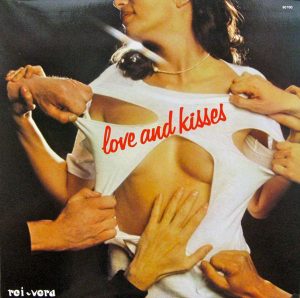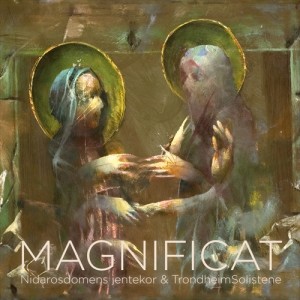The Sound of Jazz - Count Basie, Billie Holiday, Jimmie Guiffre, Red Allen, Jo Jones, Mal Waldron (from the rehearsal for the Live from CBS Studio 58, NYC, broadcast December 8, 1957 (DXD, HDTT Redux) HERE
The Sound of Jazz was a one-hour program that aired on CBS Sunday, December 8, 1957 at 5 p.m. Eastern Time, live from CBS Studio 58, the Town Theater at 851 Ninth Avenue in New York City, New York. The show was one of the first major television programs to broadcast jazz on American network television. To this day, it is recognized not only as a landmark moment for jazz in history, but also as the best jazz program that was produced for the small screen.
These tracks were recorded in the studio on December 5, 1957, for release by Columbia Records. They are different from the actual TV broadcast of The Sound of Jazz, which was videotaped and broadcast on December 8, 1957. The broadcast music has been issued on LP, CD, VHS, and DVD (at Discogs HERE). The tracks here do not include all of the performers present on the telecast (Mulligan refused to participate because no additional payment was involved) and includes several who were not on the show. Bassist Walter Page rehearsed and is featured on the album, but he collapsed on the way to the studio for the telecast. A detailed listing of performers by track is listed at Discogs HERE.
Billie Holiday, Lester Young, Coleman Hawkins, Gerry Mulligan—from the live broadcast
The Sound of Jazz features performances by some of the great musicians from the 50s, including Count Basie, Lester Young, Ben Webster, Billie Holiday, Jo Jones, and Coleman Hawkins; Chicago-style players of the same era, such as Henry "Red" Allen, Vic Dickenson, and Pee Wee Russell; and next generation jazz musicians such as Gerry Mulligan, Thelonious Monk, and Jimmy Giuffre. These players played separately but also joined to combine styles in one group, such as Red Allen's group and the group backing Billie Holiday on "Fine and Mellow." Gerry Mulligan did not participate in the rehearsal and is not heard on these tapes.
The show's performance of "Fine and Mellow" reunited Holiday with her friend Lester Young for the final time. The liner notes quote a long-repeated story from jazz critic Nat Hentoff.
Hentoff recalls that during rehearsals Holiday and Young kept to opposite sides of the room. Young was very weak, and Hentoff told him to skip the big band section of the show and that he could sit while performing in the group with Holiday. During the performance of "Fine and Mellow," Webster played the first solo. "Then Lester got up, and he played the purest blues I have ever heard, and he and Holiday were looking at each other, their eyes were sort of interlocked, and she was sort of nodding and half–smiling. It was as if they were both remembering what had been—whatever that was. And in the control room we were all crying. When the show was over, they went their separate ways."
Within two years, both Young and Holiday had died.
With jazz performers of this caliber, there's not much that I can say about the performances other than, "Oh, my gosh, this is good!" There's clearly a reason this is referred to as a landmark moment for jazz in history.
This transfer to DXD by Bob Witrak is a new transfer, part of HDTT's Redux series where improvements in Witrak's transfer system allow for remastering "with our latest equipment in Higher Resolutions with substantially better sonics." I can't compare to the earlier transfer, but I can attest that this DXD transfer sounds superb here. It's clean, detailed and transparent.
I've read a report from another listener that he's disappointed with the sound quality. You may see this report, too, since it is posted as a a purchaser's review on the HDTT page for this album. He writes that, as compared to the original direct-to-DSD128 copy he owns: "I feel sorry to say tracks 1, 2, 6, and 8 are now dull and flat. Comparison is awful (in my poor personal opinion)."
I've listened again—carefully—and I don't hear in my copy what he describes.
What I hear in this DXD version is alive, with good frequency extension, detail and attack. I have no objections and find it truly good sounding. So, I downloaded the DSD128 render made from the DXD master and gave it a listen, thinking perhaps this may be what the version being heard. On my system, I heard some softening in the sound compared to the edit master (typical of any render from an edit master), but still very, very good sound here.
Very much recommended.
Photos courtesy of HDTT and Discogs




